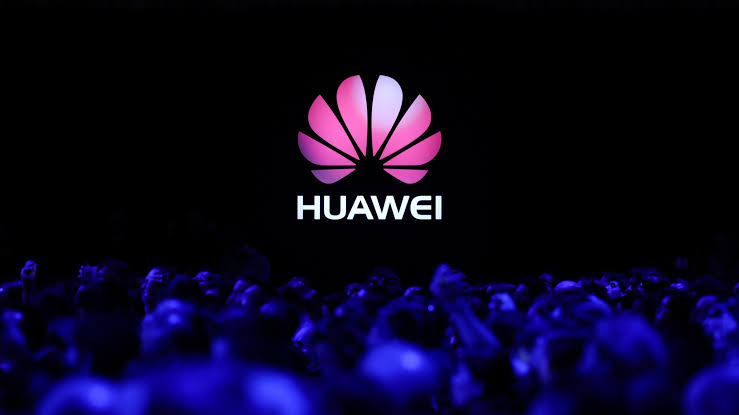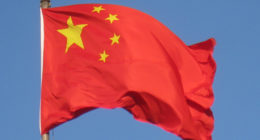Huawei has returned to the top of China’s smartphone market for the first time in more than four years. In the second quarter (Q2) of 2025, the company shipped 12.5 million smartphones, giving it an 18.1% share of the market, according to data from IDC. While this was a slight 3.4% drop compared to the same period last year, the Chinese tech giant still managed to overtake its domestic competitors Vivo, Oppo, and Xiaomi (as well as Apple) to become the top smartphone brand in the country once again.
Vivo, which had been one of the leading brands in previous quarters, dropped to second place (~ 17.3% market share) with 11.9 million units shipped, a 10.1% decline from the same period in 2024. Oppo followed in third place (with around 15.5% market share), shipping 10.7 million units, which was also a drop of about 5% year-on-year. However, Xiaomi was the only brand in the top five to grow its shipments (~ 10.4 million smartphones with about 15.1% market share). The company benefited from strong demand for affordable models.
Meanwhile, the US-based tech giant Apple slipped to fifth place in the ranking. It shipped 9.6 million iPhones in the second quarter (a slight decrease of 1.3% from the year before). However, the company’s market share actually increased to 13.9%, as it offered selective discounts and partnered with local retailers. Even Counterpoint Research’s latest China Smartphone Weekly Sales Tracker showed that the tech giant recorded an 8% year-over-year rise in iPhone sales during the three months ending in June, marking its first quarterly growth in the region since the second quarter of 2023.
On Huawei’s part, the latest improvement is significant, as the company had lost its dominant position after facing years of US sanctions. These restrictions limited its access to advanced chip technologies and forced a complete restructuring of its supply chain. But despite these challenges, Huawei focused on premium smartphones and invested heavily in domestic innovation. Its latest flagship models, including the Mate 70 and Pura 80 series, have attracted strong interest from consumers, especially among buyers looking for high-end, Chinese-made devices.
The rise of Huawei comes at a time when the overall smartphone market in China is slowing down. According to the report, total smartphone shipments in the country fell by 4% year-on-year in the second quarter (Q2 2025), reaching around 69 million units. This decline ends a period of six straight quarters of growth. Experts believe the market slowdown was driven by weak consumer confidence and the expiration of certain government subsidy programs that had previously supported demand. Additionally, many consumers are delaying upgrades due to economic uncertainty and limited innovation in the mid-range segment.
The Tech Portal is published by Blue Box Media Private Limited. Our investors have no influence over our reporting. Read our full Ownership and Funding Disclosure →






